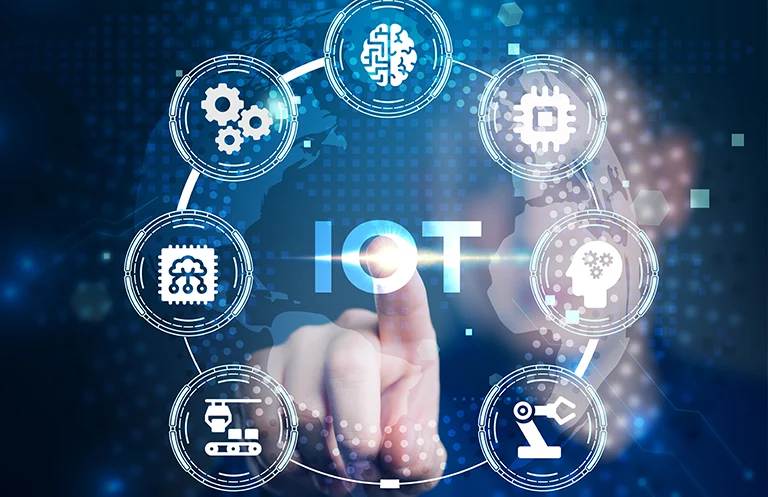Hospitals and clinics are looking for next-generation solutions to improve patient care, monitoring, and overall health care delivery. It is being expected that medical devices should enable better connectivity and faster transfer of health data to improve anywhere anytime connectivity.
Integrating Wi-Fi or BLE interfaces with medical devices is an idea whose time has come! What if after an operation procedure, the doctor spends a huge time entering data into EMR systems or transferring it to a different medical device design for further analysis? Is this factored in when designing the medical device? More often than not, the ecosystem in which the medical devices performs is given a second priority compared to the work at hand.
With a large number of medical devices being connected to the internet, there is an increasing number of mobile applications being designed for interfacing with medical devices. Traditionally, the medical devices that were connected to medical systems in hospitals, hooked via USB connectors linked to PC’s.
Current medical devices are able to provide connectivity options through Ethernet adapters available on the device. Having Ethernet cable-based connections not only makes it dependent on the systems but also makes the systems disconnected from wireless medical devices and other fitness tracking units.
In order to make sure that next generation medical devices read data from user-owned devices, it has become important to have a Wi-Fi or Bluetooth Low Energy (BLE) interface integrated within the next-generation of medical devices. A Wi-Fi or BLE interface not only adds the functionality of reading data but also makes it portable and accessible from any part of the hospital premises.
Many medical companies are already focusing on launching next generation medical devices. Technical, marketing and sales are giving valuable inputs for new products and features. Engineering is excited about performance improvements in your device. The new devices are expected to be able to deliver results in less than 15 minutes compared to previous versions that used to take 20 minutes, a 25% reduction in delivering results. Even though this is a significant improvement for the medical device being designed, it has not affected interconnectivity and user experience by a huge margin
Remote connectivity Vs Remote Control
Often people interchangeably use remote device connectivity and control. It’s not the same and can spell out a huge difference between offering a great solution to the customer and making your device vulnerable to hackers. Providing a Wi-Fi or BLE interface for your medical device can enable it to connect remotely to hospital networks and other devices. The need for remote device control needs to be carefully understood before implementation. A good device design will ensure streamlining of the procedure itself rather than providing additional functionality. Accessibility to wrong people could also create potential problems.












